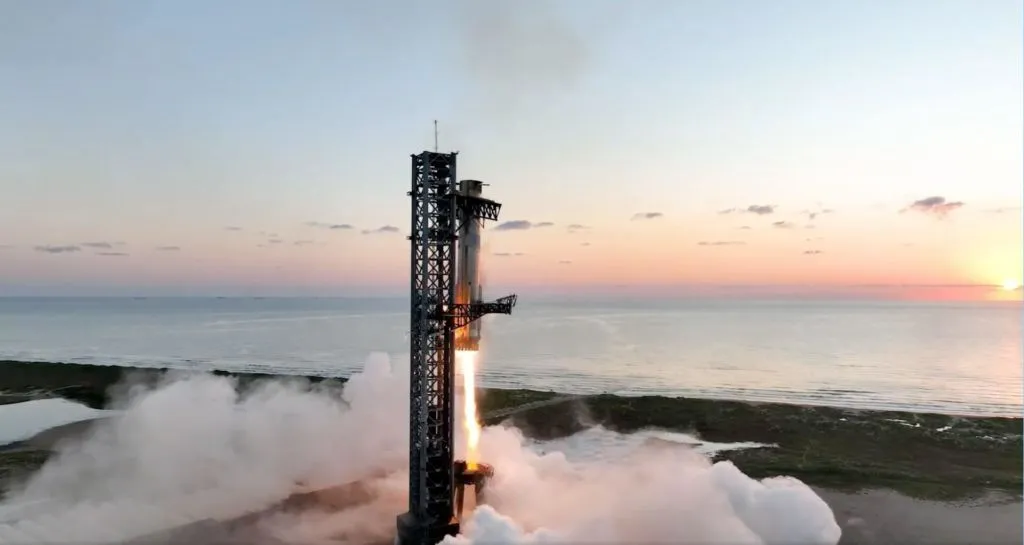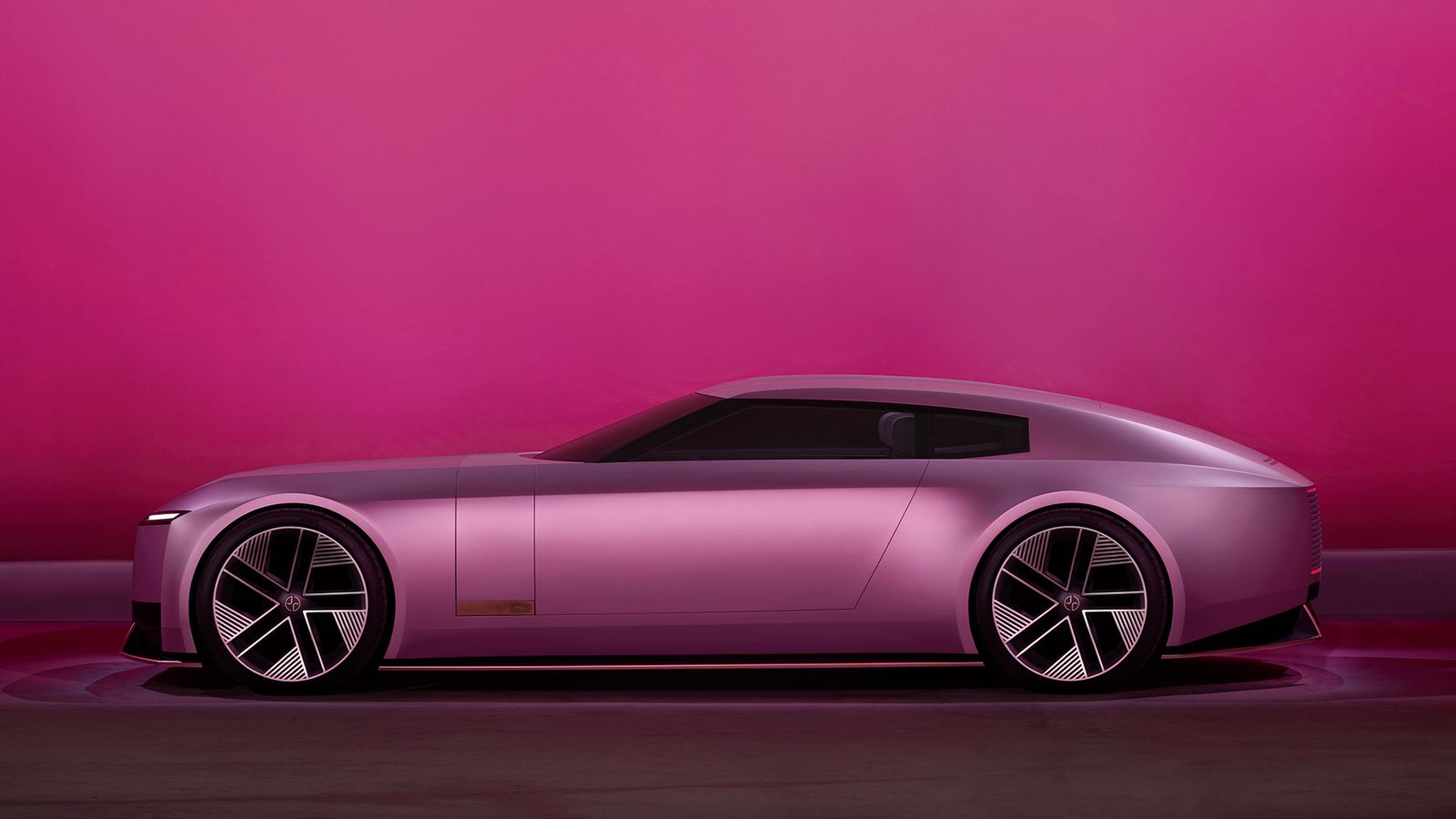SpaceX Catches Rocket in Mid-Air for the first time

PHOTOGRAPH: SPACEX VIA GETTY IMAGES
After the achievement of its fifth test flight from Texas, the SpaceX Starship rocket has reached the company’s goals and made a big step towards the future of space travel. The launch, which took place out of Boca Chica Beach, was an important turning point for reusable rocket technology.
The Launch and Separation of the SpaceX Starship Rocket
Approximately two and twenty-five minutes after launch, the SpaceX Starship rocket achieved history by successfully separating its Super Heavy booster during its flight. This booster, which was intended to give the rocket’s upper stage the initial push it required to break free of Earth’s gravity, parted from it as expected.
A Revolutionary Catch: Booster Recovered Mid-Air
Engineers achieved what many considered impossible: catching the 146-meter Super Heavy booster with a pair of mechanical arms mid-air as it returned to the launch pad. The booster, initially traveling at speeds over 17,000 mph, was slowed down through advanced controls on its raptor engines. This “catch” resembled chopsticks grabbing food, ensuring the booster could be reused for future missions, bringing the company closer to fully reusable rockets.
Successful Landing of the SpaceX Starship Rocket
The Ship part of the Starship rocket, designed to carry cargo and astronauts on future missions, activated its engines post-separation and landed in the Indian Ocean about forty minutes later. SpaceX’s successful landing of both parts of the rocket is a historic moment for reusability in space exploration.
A Leap Toward Reusable Rockets and Multi-Planetary Ambitions
SpaceX’s latest achievement with the SpaceX Starship rocket has set the stage for more reusable space missions in the near future. This breakthrough will allow for quicker redeployments of rockets, reducing costs and shortening turnaround times between launches. Elon Musk has been vocal about his vision of making humans a “multi-planetary” species, with Starship eventually carrying humans to the Moon and Mars.
NASA has invested over £2 billion in SpaceX’s Starship, trusting the company to develop a lunar lander capable of returning astronauts to the Moon by 2026. This mission, combined with Starship’s successes, indicates the rapid evolution of space travel as we know it.
SpaceX continues to innovate, making space exploration not only more accessible but sustainable, marking an exciting era for space enthusiasts around the globe.



